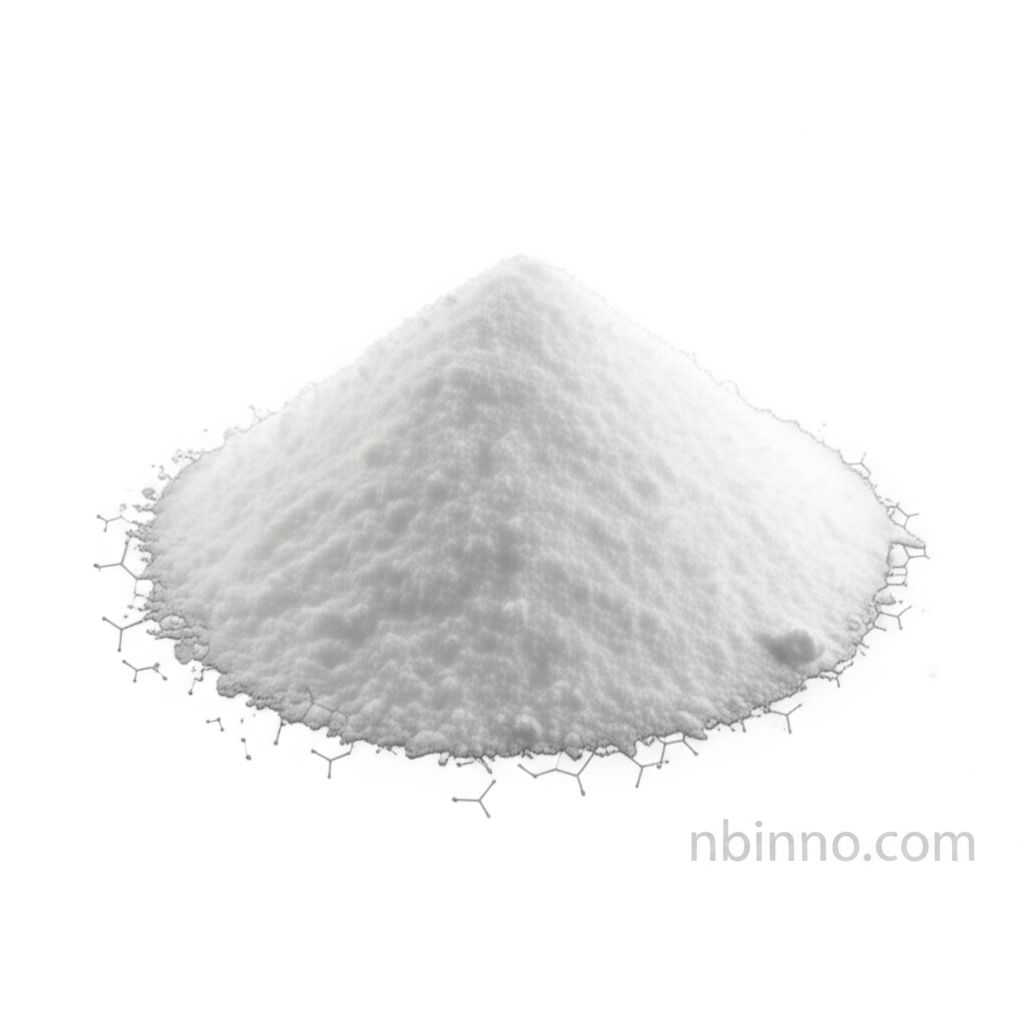Unveiling the Power of 2,2-Bis(bromomethyl)propane-1,3-diol
Explore the essential properties and critical applications of this high-performance flame retardant.
Get a Quote & SampleProduct Core Value

2,2-Bis(bromomethyl)propane-1,3-diol
This compound serves as a vital reactive flame retardant, offering superior fire resistance and enabling manufacturers to meet stringent safety standards across various industries. Its reactive nature ensures stable incorporation into polymer matrices.
- As a reactive flame retardant, it enhances fire resistance in unsaturated polyester resins and molded products, contributing to safer materials.
- Its high bromine content makes it an ideal additive for rigid polyurethane foam, improving fire safety without compromising material integrity.
- We explore the use of 2,2-Bis(bromomethyl)propane-1,3-diol in various polymer systems, highlighting its versatility as a chemical intermediate.
- Understanding the properties of dibromoneopentyl glycol is crucial for professionals in material science and chemical manufacturing.
Key Advantages
Enhanced Fire Safety
Utilizing 2,2-Bis(bromomethyl)propane-1,3-diol significantly boosts the fire retardancy of materials, a critical aspect for compliance and user safety.
Material Versatility
Its applicability extends across unsaturated polyester resins, molded products, and rigid polyurethane foams, showcasing its broad utility as a flame retardant.
Reactive Integration
The reactive nature of this brominated compound ensures a robust bond within the polymer matrix, leading to improved durability and reduced leaching over time.
Key Applications
Unsaturated Polyester Resins
Incorporating this compound into unsaturated polyester resins offers excellent fire resistance, making it suitable for demanding applications.
Molded Products
For various molded products, this chemical acts as a crucial additive to meet fire safety regulations.
Rigid Polyurethane Foam
It is an effective solution for enhancing the fire performance of rigid polyurethane foam, especially in CFC-free systems.
Organic Synthesis Intermediate
Beyond its flame-retardant uses, it also serves as a valuable intermediate in organic synthesis, demonstrating its chemical versatility.
